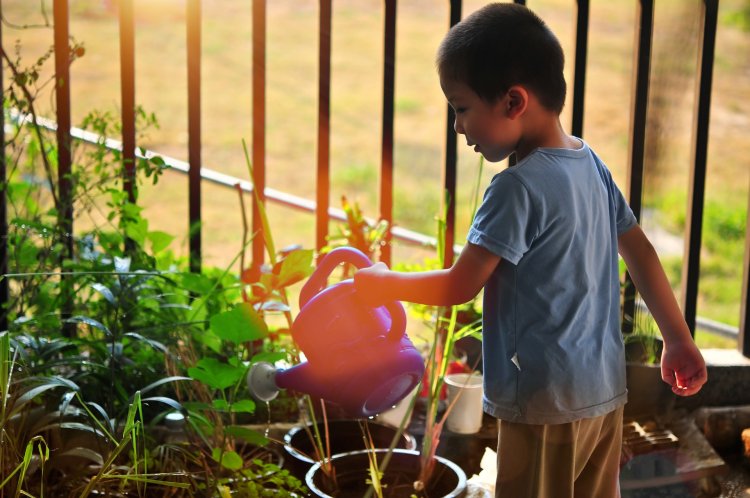Tips for Educators
The Ultimate 5-Step Guide To Value Education
- Mar 1, 2022
- 0
- 5955

Intelligence plus character - that is the goal of true education.
~ Martin Luther King Jr
Scoring a ten out of ten in subjects can be validation of intelligence, but it can’t shape a student's character. And intelligence without character is as useful as a chocolate teapot. That’s why it is important to help students understand the needs for values and morals.
Unfortunately, these morals and values can't be taught in a textbook-lecture format. But they can be slowly introduced to students through value education - an approach that focuses on personality development. If you're new to this concept, then this ultimate 5-step guide to value education is all you need to implement it. You can tailor your teaching pedagogy with these five points in mind -
1. Have a Universal Approach
Students should be taught to practice tolerance and acceptance. The ideal classroom environment entails mingling with the other students, irrespective of their background. Respecting different cultures, religions, beliefs, and practices forms the core of value education.
Young minds are impressionable; they learn what they see. So, don’t forget to set examples by embodying the qualities that you want to teach.
2. Discourage Harmful Attitudes
Disagreements among students are quite common in a classroom. But if you happen to come across one, don’t only focus on resolving it. This would be a perfect opportunity to get some value education in.
For instance, if you see two students fighting over a bar of chocolate, you definitely should help them find a solution. At the same time, you have the perfect setting to teach them the value of sharing. Similarly, if you see a student making fun of another student, teach them the importance of kindness by discouraging the act. Young minds are innocent, and they don't understand the difference between right and wrong until they're taught.

3. Encourage Children to Respect the Environment
Today’s children are quite sensitive to topics like climate change and global warming. Although they are aware of environmental pollution, they don’t really know what to do about it. A day-out in the park to plant saplings is a great way to show them how to take the first steps. Asking them to put away their toys is another thing you can do to emphasise the importance of respecting the environment.
P.S. Something simple like a 'no littering' rule in the classroom can also go a long way in teaching important environmental values to your students.
4. Promote Empathy
Empathy is a great way to build better connections among peers. While giving out test scores, if a student scores less and is sad about it, you can encourage other students to cheer him up. This not only builds a better bond among students, but also creates awareness on simple acts of listening and why a friend in need is a friend indeed.
5. Stimulate Rational Thinking
Rational thinking encourages little ones to ask questions. Instead of relying on what others do and say, it encourages students to put on their thinking caps and come up with original solutions. Allot a specific time slot where you teach your students how to think with logic and reason. There are a bunch of logical reasoning activities that you can use to engage with them and promote learning (As important as it is to let their imagination run wild, it's important to hold its reins by rationale sometimes).
Valuing education forms the building blocks in shaping a student's core beliefs and morals. You could incorporate value education in a teaching curriculum by conducting class activities. This could include narrating a story with morals or playing a game of cooperation. Teach values in ways that are never forgotten and help your students grow into responsible citizens!
Add Comment
Related Blogs

Tips for Educators
Why You Should Incorporate Peer Tutoring In Your Classroom
- James Coop...
- Apr 12, 2022
- 0
- 1913

Tips for Educators
Tips To Help Your Students Retain Information Across 4 Subjects
- James Coop...
- Jun 27, 2022
- 0
- 1450
Popular Blogs

Tips for Educators
3 Tips To Apply Classical Conditioning In Classrooms
- Natasha Di...
- Apr 25, 2022
- 0
- 21562

Understanding Concepts
4 Reasons Why Skill-Based Learning Is Important For Students
- James Coop...
- Mar 14, 2022
- 0
- 11033

For Parents
Everything You Need To Know About STEAM Education As A Parent
- James Coop...
- Mar 1, 2022
- 0
- 10833











